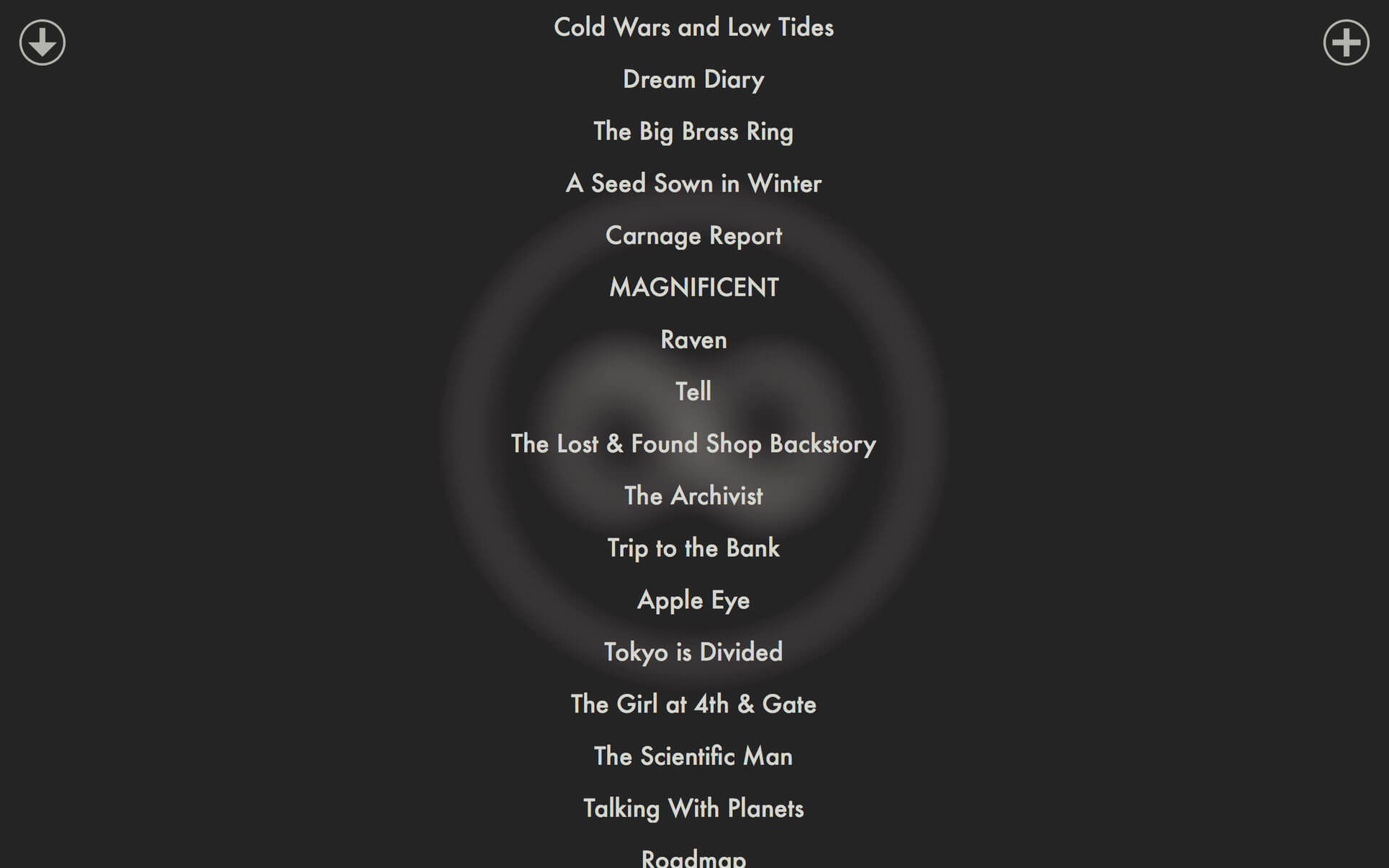
Nevertheless, it was described comparatively briefly. To the best of our knowledge, the first time the possible relationship between the LC-NE system and flow was proposed, was in the review of Van der Linden et al. The locus coeruleus is a small nucleus in the pons that is responsible for most of the norepinephrine release in the brain ( Benarroch, 2009). The present review focuses on the presumed role of the locus coeruleus norepinephrine (LC-NE) system in flow. (2021) proposed a neuroscientific model on how flow relates to functional brain networks. Besides such specific neuropsychological findings there also has been increased effort to integrate such findings into more comprehensive models on how the brain establishes flow (e.g., Harris et al., 2017). In line with hypofrontality theory, periods of flow were characterized by lowered frontal lobe activity, compared to more stressful task periods.
FLOWSTATE DOWNLOAD PROFESSIONAL
Using the source localization functions of electroencephalogram (EEG), Leroy and Cheron (2020) followed the brain activity of a professional tightrope performer. However, frontal areas related to self-reflective thinking were less active. They could not confirm the hypofrontality account of flow ( Dietrich, 2004) because dorsolateral prefrontal areas were quite active during flow. (2014, 2016) used functional magnetic resonance imaging (fMRI), to examine the various brains areas are active or inactive during flow. In case of the latter, flow possibly may have to be assimilated in the general attentional literature.Īlthough neuroscientific research on flow is limited, already in 2004, Dietrich suggested that during flow, the frontal lobes may be less active, indicating that much of the behavioral regulation is bottom-up (i.e., automatic). Also, knowledge about the brain processes could help to examine whether flow has unique features, or alternatively, may simply reflect an extreme level of task focus or sustained attention ( Unsworth and Robison, 2017). This is unfortunate, because insight in the fundamental processes of flow would allow the needed interdisciplinary and systematic scrutiny of the topic that goes beyond self-reports and behavioral observations. Experiencing flow is accompanied with sense of accomplishment, meaningfulness, and positive mood states ( Csikszentmihalyi and Nakamura, 2010), and as such, flow also plays a role in well-being.įlow has been extensively studied in the past decades ( Bruya, 2010 Csikszentmihalyi, 2014 Harmat et al., 2016), but relatively few studies have focused on its neurocognitive basis. An example is a gamer spending hours behind the computer without feeling bored, fatigued, or hungry. Yet, flow-like states also occur in more mundane situations, such as when engaging in certain tasks during work or leisure time ( Bakker, 2008 Demerouti et al., 2012 Csikszentmihalyi, 2014). Flow is often associated with athletes, artists, or scientists who are fully task-absorbed in order to achieve peak performance.
FLOWSTATE DOWNLOAD FULL
We argue that knowledge about the role of the LC-NE system in establishing the flow experience may help to gain fundamental knowledge of flow and can contribute to unifying various empirical findings on this topic.Ī well-known phenomenon in research on human performance is “flow” ( Csikszentmihalyi, 1990, 2014), a state of full task engagement and low levels of self-referential thinking (e.g., worrying, self-reflection). Similarly, in theories on the LC-NE system, task engagement is highest with intermediate levels of arousal. Flow is related to arousal in an inverted U-shape. Moreover, psychophysiological indicators of LC-NE system activity, such as eye pupil diameter and arousal are also sensitive to flow states. For both, a match between a person's skill and task challenge is important in order to induce high levels task-related attention. We emphasize the theoretical and empirical overlap between the LC-NE system and flow.

This is done via different modes of baseline and stimulus-evoked norepinephrine release. The LC-NE system regulates decisions regarding task engagement vs. In the present mini-review we focus on how the brain's locus coeruleus-norepinephrine (LC-NE) system may be involved in a range of behavioral and subjective manifestations of flow. Yet, the neurocognitive processes of flow remain largely unclear. Flow is considered highly relevant for human performance and well-being and has, therefore, been studied extensively.





 0 kommentar(er)
0 kommentar(er)
